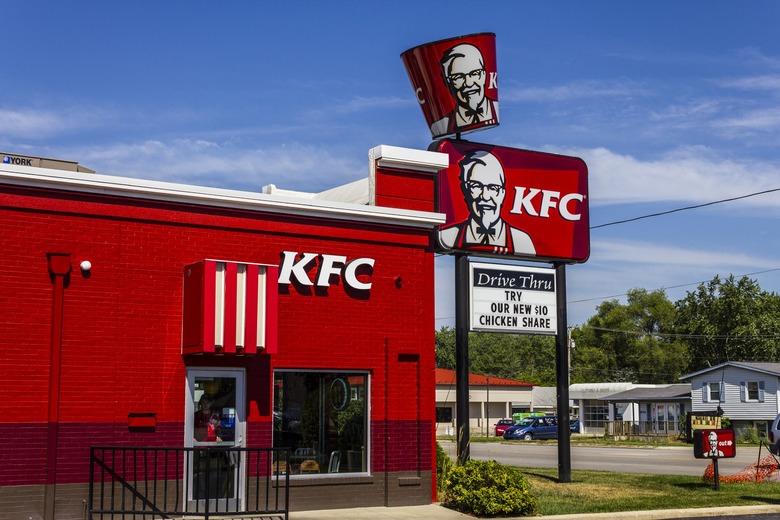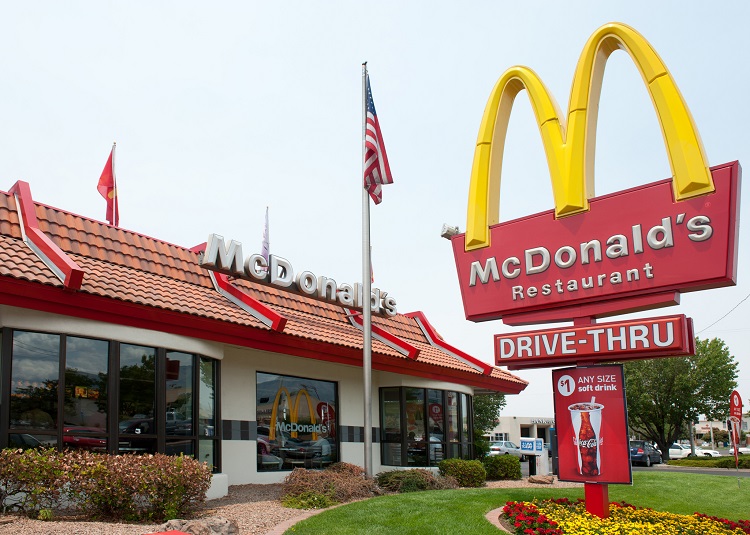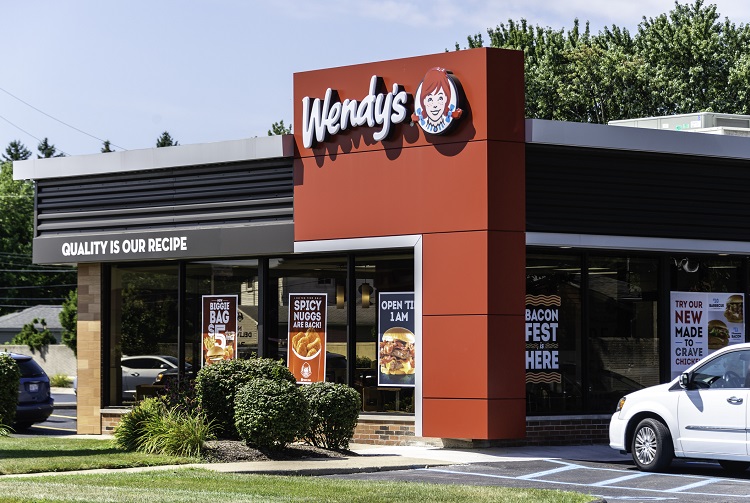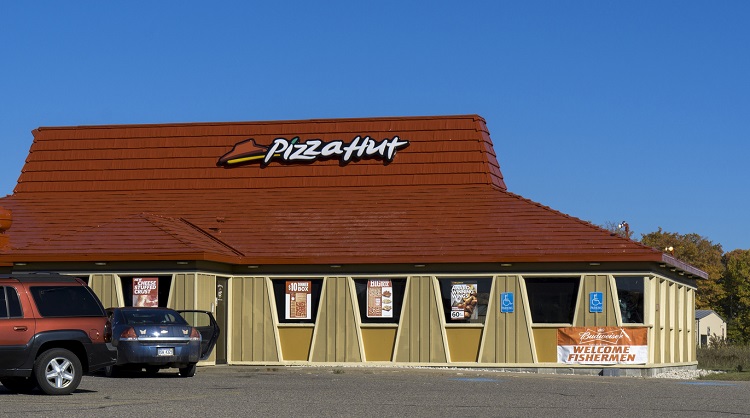The Reason Most Fast Food Restaurants Are Red
Have you ever noticed that the majority of fast food restaurants are red? It's one of the most commonly used colors in stores, ads and packaging, and the list of chains that use it in their branding are seemingly infinite: McDonald's, Burger King, Wendy's, In-N-Out, Dairy Queen, Carl's Jr. and Hardee's, Pizza Hut, Five Guys, Chick-fil-A, Sonic, Popeyes, KFC, Arby's and on, and on. So, why?
The 20 Most Over-the-Top Fast Food Menu Items of All Time
According to a study by the University of Winnipeg in Canada, people make up their minds about other people and products within 90 seconds of their initial interaction, but 62 to 90 percent of that judgment is based upon color alone. For this reason, choosing the right colors to market anything is incredibly important because it could either attract a customer or push them away.
Research shows that red is incredibly effective in luring customers in. It gets you to stop and stare in a way that's similar to speeding red cars, which grab the attention of traffic cops more frequently than vehicles with less obtrusive paint jobs. But instead of earning you a ticket, red restaurants stimulate your appetite, triggering feelings of hunger even if you've already eaten.
Red also asserts dominance, which may be why you choose McDonald's instead of sleepy purple Taco Bell. It's kind of like if you wore a red dress to a wedding. No one's looking at the bride anymore; they're looking at you. The color provokes arousal, which is linked to impulsivity, a lack of self-control and a risk of buying more than you need. Your heart rate picks up, your breath gets heavier and before you know it, you've got your sights set on that drive-thru. Red also isn't linked with relaxation (that's reserved for cooler hues like green, blue and purple), so you're less inclined to hang out and more likely to get what you need and get out.
More often than not, red restaurant branding also incorporates a splash of yellow, which represents happiness and friendliness — two traits that are expected of those in the service industry. It can also make you think of mustard, and that, combined with red (ketchup), will have you fantasizing about a burger in no time. That's called "the ketchup and mustard theory." If advertisers have you where they want you, you'll just look at the signage and psychologically taste the product they're trying to sell. And if you think that's crazy, you'll be surprised to know that it's not the only way fast food chains are playing with your head.



